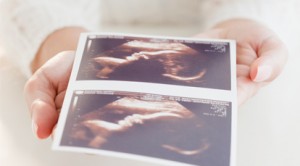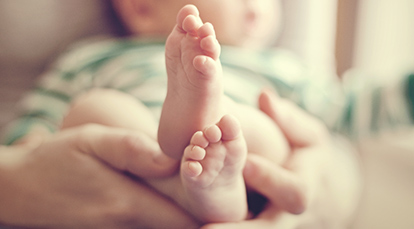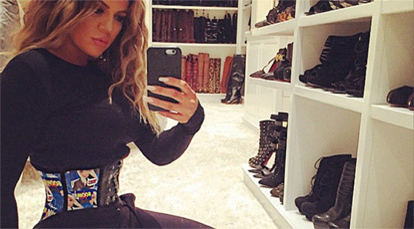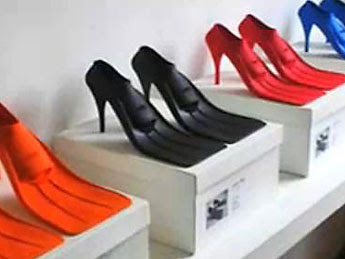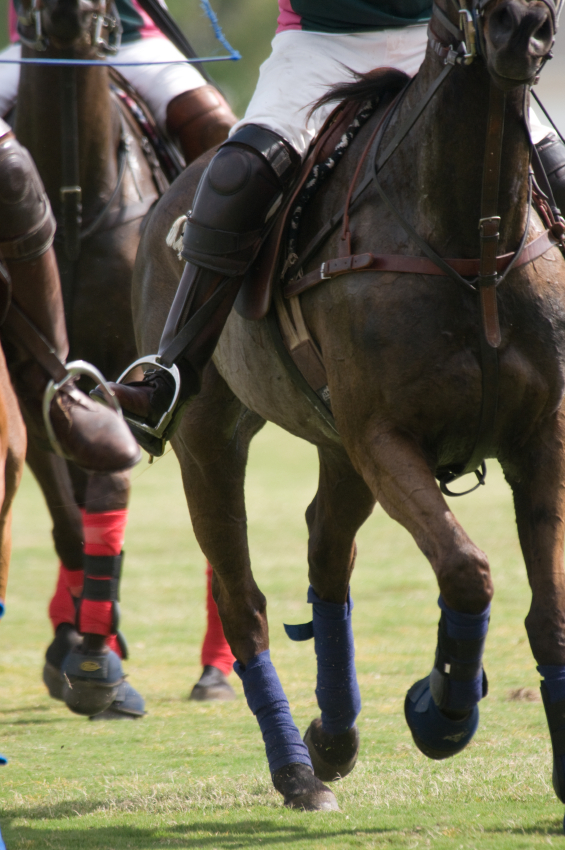
Horse Fertility Nutrition, Personalised
The horse genome was sequenced in 2007 with the final report published in late 2009.
This research enables scientists to better understand the molecular and biological processes responsible for equine health and performance. As a Naturopath and as an osteopath, I use a functional approach that resonates with my equine osteopathic and veterinary colleagues.
Horse nutrition
Horse fertility nutrition, is personalised as it is for humans. It teaches us a lot about this exact science of eating for health. This approach enables us to learn from research. We can apply what we learn accordingly for personalised fertility nutrition for humans.
Treating the cause of reproductive challenges or fertility concerns, as with complex cases treated at Susannah Makram clinics, requires an integrative healthcare approach. It is also how I came across special laboratory investigations or tests that we now use to choose the best treatment and optimise efficacy of treatment. This functional healthcare model relies on careful use of accurate methods of laboratory investigations when results impact nutritional therapy. Good nutrition is the cornerstone to healthy weight management in pre-conceptual care and treatment of factors affecting fertility in males and females and throughout pregnancy.
I was introduced to the latest advancement to male fertility testing by an avid horse breeder in Sussex, where I went to boarding school, enjoyed the stables and grounds. For many hours I blissfully recreated my childhood in Dhahran, Saudi Aramco horse riding at the Hobby Farm.
Semen Analysis And Stallion Fertility
The Society for Theriogenology has established guidelines for classifying stallions as to breeding potential. For a satisfactory rating, the Society requires that light-breed stallions ejaculate at least four billion total sperm in the first ejaculate after a period (typically one week) of sexual rest. The second ejaculate, collected about an hour after the first, should contain at least two billion total sperm.
Semen analysis
Sperm count
Sperm motility
Sperm morphology
These have typically been carried out on male human patients whereby; the results of the above show good fertility readings, the partner is similarly ‘fertile’ and after the couple undergo IVF cycles they are couple are given the diagnosis of: ‘unexplained infertility’.
My interest in treating the cause of infertility led me to this discovery – Sophisticated tests that can be performed on stallions:
Karyotype Analysis
Chemical Analysis of Seminal Plasma
Transmission Electron Microscopic Analysis of Sperm
Sperm Chromatin Structure Assay–The sperm chromatin structure assay is a procedure that has been developed to evaluate the structural integrity of sperm chromatin. This assay defines abnormal chromatin structure as a heat- or acid-induced susceptibility to DNA denaturation (destruction of the substance). Lower fertility occurs when greater sperm denaturation is found. The sperm chromatin structure assay may have potential for identifying some stallions as subfertile when routine breeding soundness examination fails to do so.
Antisperm Antibody Tests
Hormonal Assays
Sperm Chromatin Structure Assay is of interest to me as it offers information regarding the quality of sperm and this can only be improved upon by lifestyle changes. The right nutrients taken through diet and supplementation (for the first 2-3 months, dependent on the percentage of sperm DNA damage) reverse the damage.
Fish oil, for example, improves the quality of shipped semen in horses. Supplementing with natural-source vitamin E, a potent antioxidant, improves sperm quality also. There are several types of antioxidants: enzymatic antioxidants that are synthesized in the body and non-enzymatic, or nutritional, antioxidants like vitamin E, vitamin C, and selenium that are provided in a horse’s diet. Such antioxidants increase libido and semen quality in stallions and positively affect fertility in mares.
The genomic revolution has propelled the development of several new technologies in science and in the health industry. The data such technology provides is game changing in our industry when knowledge is effectively and is used to its full potential to translate science into practical and effective clinical nutritional therapy.
For horses this means that a report can be produced that measures the bioavailability of various nutrients to find out what works best for the animal.
Measuring the bioavailability of nutrients, as this is as unique to every human as is their DNA, is an invaluable tool we are using now at Susannah Makram Clinics to improve quality of life in humans. Prevention is better than cure.
Genetic screening tests for mares can account for primary infertility and reduced fertility rates.
Primary infertility in mares
The most commonly encountered chromosomal abnormality in horses, XO Gonadal Dysgenesis, was first described 1975. The condition is similar to Turner syndrome in human females. Prognosis for fertility is extremely poor. The syndrome has been diagnosed in diverse horse breeds throughout the world including Thoroughbred, Arabian, Welsh Pony, Tennessee Walking Horse, Standardbred, American Saddlebred, Paso Fino, Belgian, Quarter Horse, Appaloosa, as well as in grade horses.
The second most common finding in infertile mares with inactive gonads is the karyotype of a male horse (64,XY)(XY Gonadal Dysgenesis, XY Sex Reversal, Testicular Feminization). The problem may have a genetic origin. It has been encountered in Arabians, Thoroughbreds, Quarter Horses, Appaloosas, Morgans, Standardbreds and a pony of unknown pedigree. Fertility has been reported in XY mares, but is extremely infrequent.
Reduced fertility
The first example – that has been associated with chromosomal rearrangements called balanced reciprocal translocations – has been described in a mare and it is anticipated that others will be identified as the power of karyotyping tests to diagnose the basis of certain kinds of infertility becomes more widely known.
Weight of horse
Overweight mares have reduced fertility just as overweight stallions do. This is why DNA testing for weight management improves the overall health of humans and horses alike. Obesity increases risk of cardiovascular disease and can lead to insulin re that affects the male’s ability to maintain an erection for example.
Obesity can lead to insulin resistance in females that has correlations to PCOS that can cause fertility concerns or infertility.
For both horses and humans a bristle style cheek swaps is sufficient to collect the required DNA sample to test for the genes that impact metabolism and exercise.
A tailored nutritional plan that prescribes the right amount of food energy sources in the right measure in order that body fat composition is reduced in cell size and number than then be applied accurately.
Potential Future Applications
Sequencing the horse genome is just the start. The future will be how to use it in more and more effective ways for the benefits of the horse, the overall health and wellbeing.
The science of nutrigenomics looks to find out how diet affects gene expression and hence metabolism. Reversing (sperm) DNA damage using nutritional therapy and supplementation improves fertility rates, offers reason for previously diagnosed ’unexplained infertility’ and guides humans to the right fertility treatment where they have the best chances of conceiving.
It is already known that food components like fats, vitamins or minerals not only provide vital nutrition for the body but also affect the way genes are expressed. Selenium, for example, a trace mineral, is known to be essential for fertility. This would be a very useful area for equine science to investigate, in light of how this has progressed fertility rates and outcomes in other species, to include humans.
Susannah is a Naturopathic Doctor of Nutrition with a clinical background in osteopathy www.susannahmakram.com

